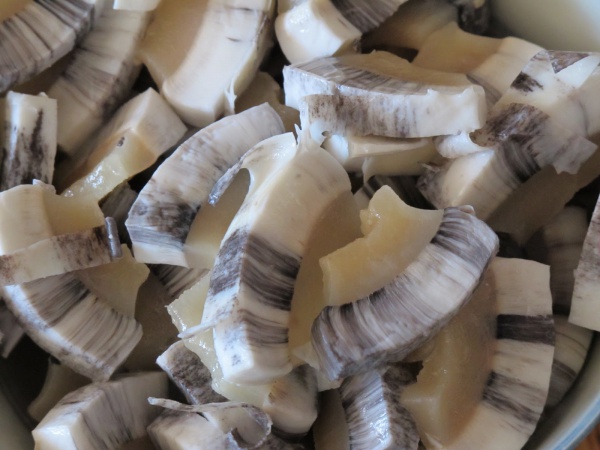Facts About Muktuk
Muktuk is a traditional dish savored by Inuit and Chukchi communities, made from the frozen skin and blubber of whales. Although it is typically made from bowhead whales, other species like beluga and narwhal are also utilized. Muktuk can be consumed raw, frozen, cooked, or even pickled. In certain regions, it is deep-fried and served with soy sauce. When chewed raw, the blubber has an oily, nutty flavor, whereas the skin can be quite rubbery unless it's cut into small pieces or serrated.
Muktuk is commercially available in places like Greenland (where it is called mattak) and Canada (known as muktaaq), often sold at fish factories and local community markets. It is rich in vitamin C, with the outer skin containing up to 38 mg per 100 grams, making it an essential food for British Arctic explorers to prevent scurvy. The blubber is also a good source of vitamin D. However, it is important to note that muktuk can sometimes contain harmful substances such as mercury, cadmium, and PCBs due to bioaccumulation in the marine food web.
The name "muktuk" varies depending on the region and dialect. For example, it is called ikiilgin in Chukchi, maktaaq in Siglitun, maktak in Inupiat, maktaq in Inuinnaqtun, mattak in Greenland, mangtak in Alaskan Yup'ik, mungtuk in Siberian Yupik, and kimaq in Alutiiq/Sugpiaq. In some dialects, such as Inuinnaqtun, "muktuk" specifically refers to the edible parts of the whale's skin and not the blubber.
